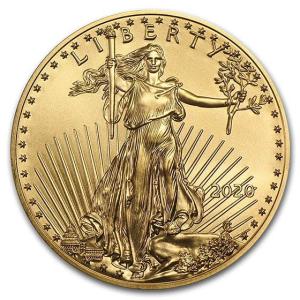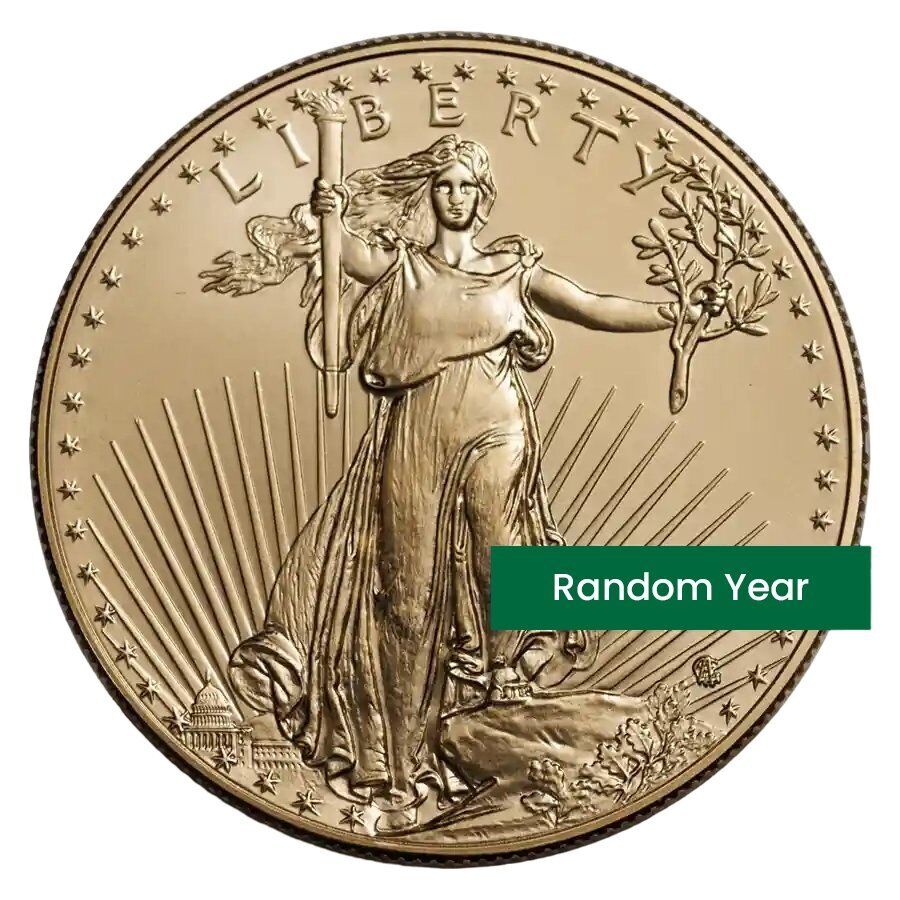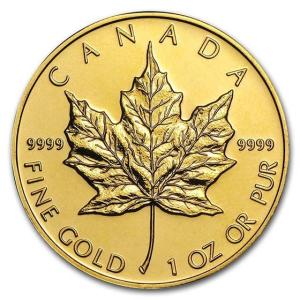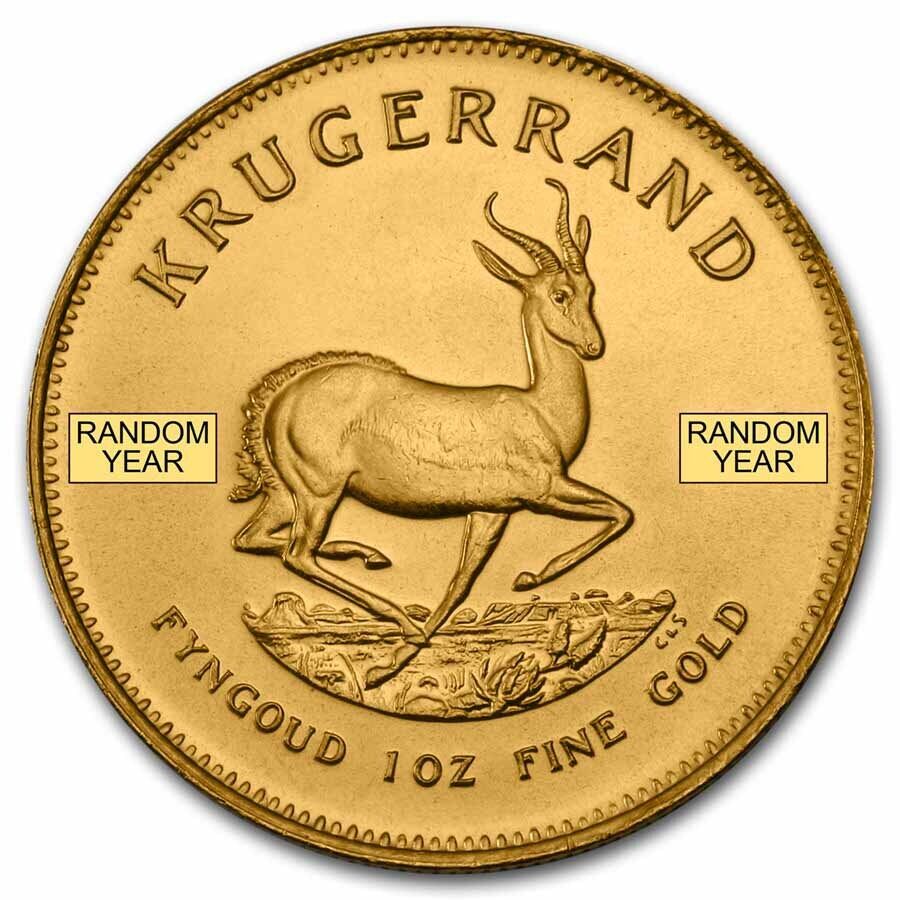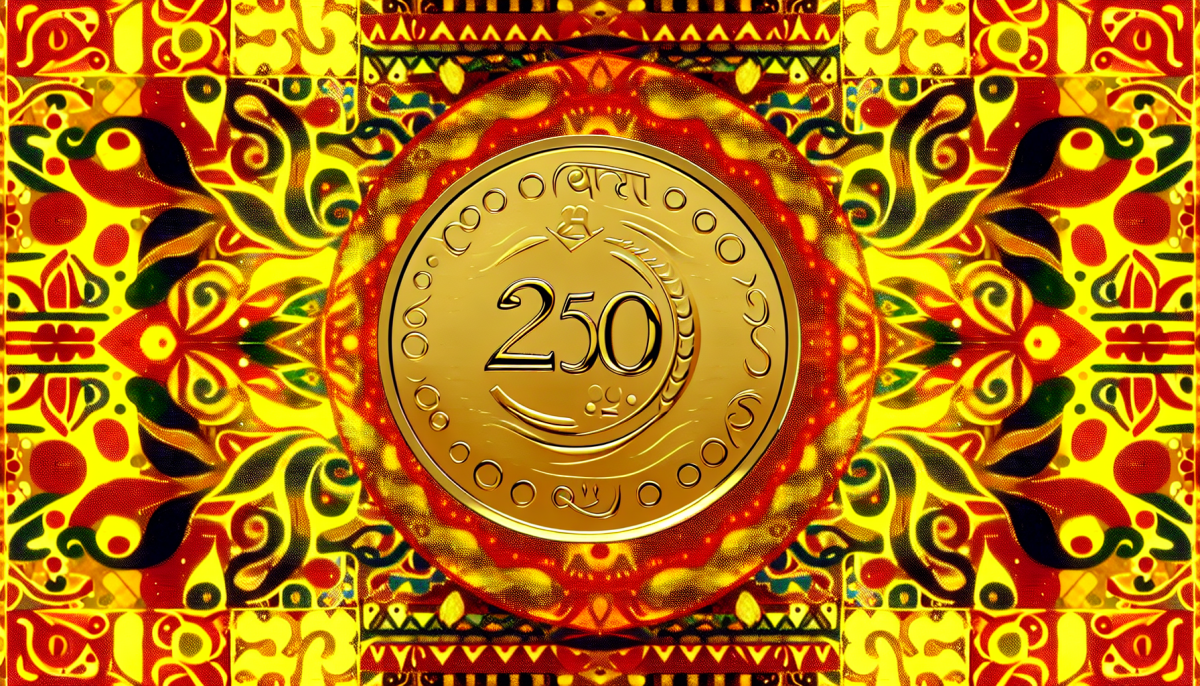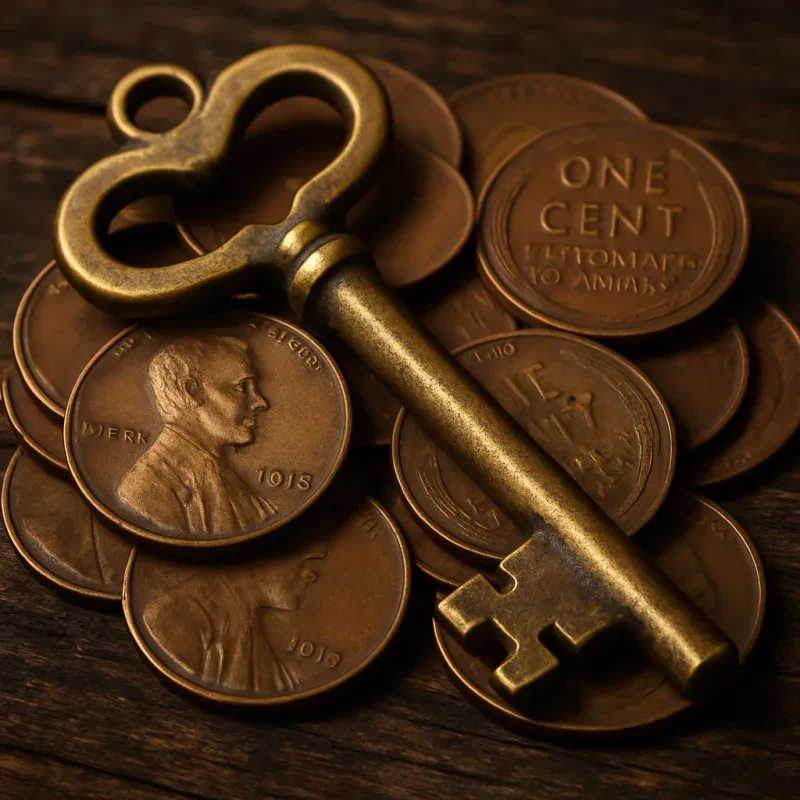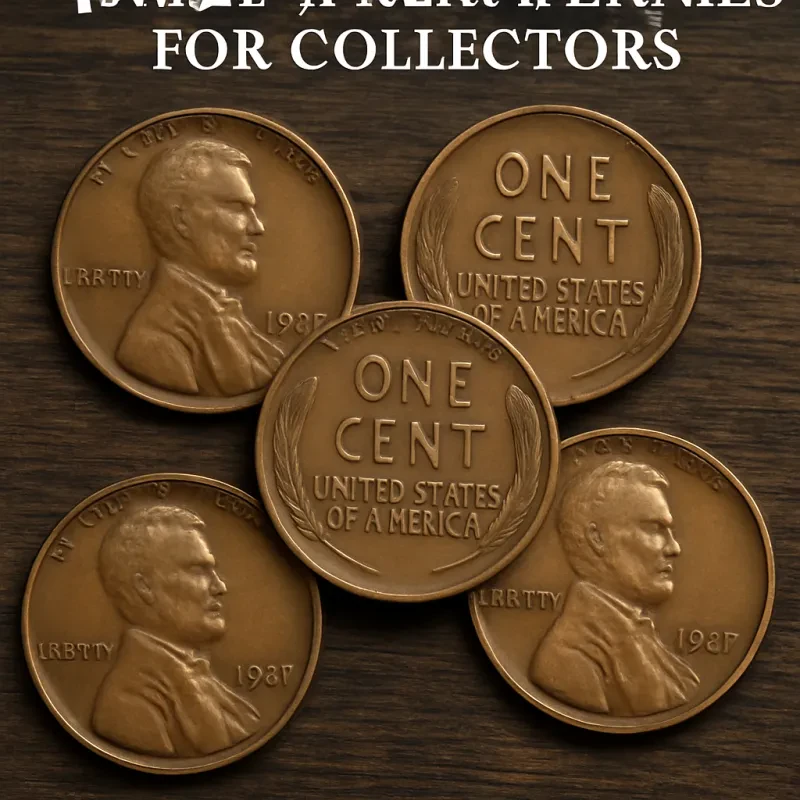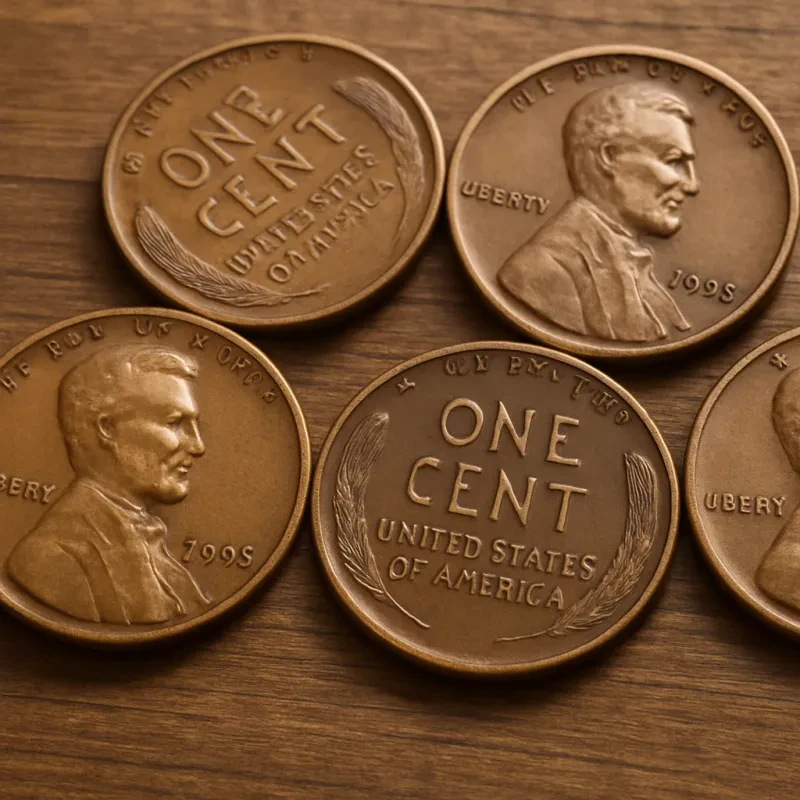A Detailed History of the $2.50 Indian Gold Coin
The $2.50 Indian Gold Coin, often referred to as the Quarter Eagle, is a significant piece of American numismatic history. Its unique design and historical context make it a highly sought-after item among collectors and investors. In this article, we will delve into the fascinating history of the $2.50 Indian Gold Coin, explore its design and production, and uncover the intriguing stories of how these coins were hidden during times of government confiscation.
The Origins of the $2.50 Indian Gold Coin
Early Beginnings: The Introduction of the Quarter Eagle
The $2.50 Indian Gold Coin was first introduced in 1908, during a period when the United States was actively minting gold coins. It was part of a broader effort to revitalize American coinage, spearheaded by President Theodore Roosevelt. Roosevelt, inspired by the artistic coinage of ancient Greece and Rome, sought to enhance the aesthetic appeal of U.S. currency.
The Designer: Bela Lyon Pratt
Bela Lyon Pratt, a prominent sculptor of the time, was chosen to design the new $2.50 gold coin. Pratt's design was revolutionary; it featured an incuse, or recessed, design rather than the traditional raised relief. This unique approach not only set the coin apart aesthetically but also made it more durable, as the design was less prone to wear.
Design Details: The Obverse and Reverse
The obverse of the $2.50 Indian Gold Coin showcases a Native American chief in full headdress, symbolizing the American spirit and heritage. The word "LIBERTY" is inscribed above the portrait, with 13 stars representing the original colonies encircling it. The reverse side features a majestic bald eagle perched on a bundle of arrows and an olive branch, signifying strength and peace. The inscriptions "UNITED STATES OF AMERICA," "E PLURIBUS UNUM," and the coin's denomination are also present on the reverse.
Production and Circulation
Minting Locations and Quantities
The $2.50 Indian Gold Coin was minted at several U.S. Mint facilities, including Philadelphia, Denver, and San Francisco. Throughout its production run from 1908 to 1929, millions of these coins were minted. However, their relatively low face value and the economic conditions of the time meant that many were melted down for their gold content.
Circulation and Use
In its time, the $2.50 Indian Gold Coin was primarily used in everyday transactions, much like modern-day quarters or dimes. However, its gold content also made it a popular choice for saving and investment. The coin's circulation was widespread, but its use declined significantly during the Great Depression and after the cessation of gold coinage in 1933.
The Great Gold Confiscation: 1933 and Beyond
Executive Order 6102
In 1933, in response to the economic turmoil of the Great Depression, President Franklin D. Roosevelt issued Executive Order 6102. This order required all Americans to surrender their gold coins, gold bullion, and gold certificates to the Federal Reserve in exchange for paper currency. The aim was to stabilize the banking system and increase the money supply.
Hiding the Gold: Preservation of the $2.50 Indian Gold Coin
Many Americans, reluctant to part with their gold, sought creative ways to hide their $2.50 Indian Gold Coins. Some buried them in their backyards, while others hid them in walls, floors, or other secret compartments within their homes. There are numerous stories of coins being concealed in everything from cookie jars to hollowed-out books.
The Aftermath: Discovery of Hidden Treasures
In the years following the gold confiscation, many hidden stashes of $2.50 Indian Gold Coins have been discovered. These finds often come to light during home renovations or estate sales, providing a glimpse into the lengths people went to preserve their wealth during a time of financial uncertainty. Today, these coins are not only valuable for their gold content but also for their historical significance and the stories they carry.
Collecting the $2.50 Indian Gold Coin
Numismatic Value
The $2.50 Indian Gold Coin is highly prized among collectors for its unique design and historical context. Coins in excellent condition, especially those with rare mint marks, can fetch significant premiums at auctions and in private sales.
Investment Potential
In addition to their numismatic value, $2.50 Indian Gold Coins are also considered a solid investment. Their gold content provides a hedge against inflation and economic uncertainty, while their historical appeal adds an extra layer of value.
Tips for Collectors
For those interested in collecting $2.50 Indian Gold Coins, it's important to focus on factors such as condition, rarity, and provenance. Working with reputable dealers and staying informed about market trends can help ensure a successful and rewarding collecting experience.
The $2.50 Indian Gold Coin is more than just a piece of currency; it is a tangible link to a pivotal era in American history. From its artistic inception to its role in the dramatic events of the 1930s, this coin encapsulates stories of innovation, resilience, and the enduring allure of gold. Whether you're a seasoned collector or a curious enthusiast, the $2.50 Indian Gold Coin offers a fascinating journey into the past, rich with historical and monetary significance.
